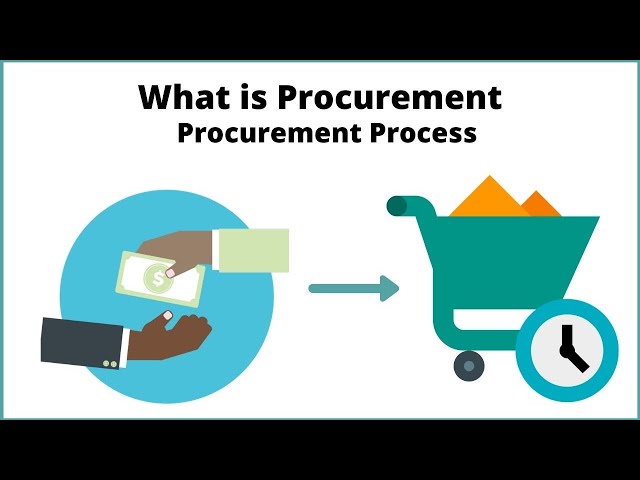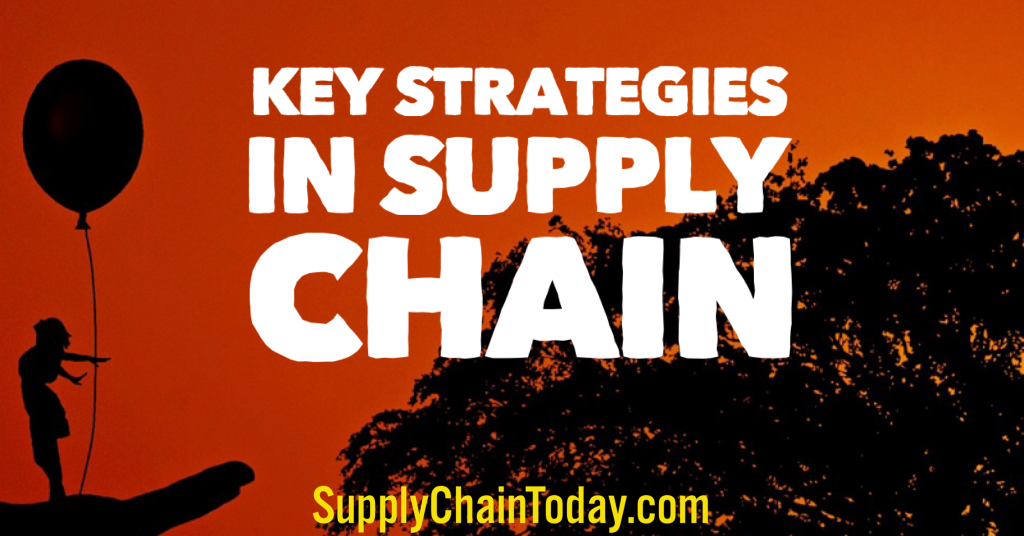What is Demand Forecasting?
Demand forecasting is the process of predicting future demand for a product or service. It is a critical aspect of demand planning, as it helps organizations ensure that they have the right products in the right quantities at the right time to meet customer demand. We will discuss the importance and the steps involved in the demand forecasting process.
First, let’s talk about why it is important. Accurate demand forecasting can help an organization optimize its production and distribution processes, reduce inventory costs, and improve customer satisfaction. It can also help a company identify potential risks and opportunities in the market, such as shifts in consumer preferences or changes in the competitive landscape.
Now let’s go over the steps involved in the demand forecasting process.
- Data collection: The first step in demand forecasting is to gather data about past demand for the product or service. This can include sales data, market research, and other relevant information.
- Data analysis: Once the data has been collected, the next step is to analyze the data to identify trends and patterns. This may involve using statistical analysis tools or other techniques to identify trends and forecast future demand.
- Forecast modeling: After the data has been analyzed, the next step is to create a model that can be used to forecast future demand. This may involve using statistical models, machine learning algorithms, or other techniques to generate a forecast.
- Validation: The final step in the demand forecasting process is to validate the forecast to ensure that it is accurate. This may involve comparing the forecast to actual demand and analyzing any discrepancies.
Demand forecasting is a crucial aspect of demand planning that helps organizations predict future demand for their products or services. By following the steps you can improve the process and make more informed decisions about production and distribution.
Pros and Cons
Demand forecasting has several potential benefits, including:
Pros:
- Improved decision-making: Accurate demand forecasting can help organizations make informed decisions about production, distribution, and other aspects of the supply chain.
- Increased efficiency: By anticipating future demand, organizations can optimize their production and distribution processes, reducing waste and increasing efficiency.
- Reduced inventory costs: Accurate demand forecasting can help organizations avoid overstocking or understocking, which can result in reduced inventory costs.
- Improved customer satisfaction: By having the right products in the right quantities at the right time, organizations can better meet customer demand and improve satisfaction.
However, demand forecasting also has some potential drawbacks, including:
Cons:
- Difficulty in collecting accurate data: Accurate demand forecasting relies on accurate data, which can be difficult to collect in some cases.
- Uncertainty about the future: Forecasts are based on assumptions about future market conditions and consumer behavior, which can be difficult to predict with certainty.
- Limited accuracy: Demand forecasts are never going to be 100% accurate, and there will always be some level of uncertainty.
- Resource intensive: Collecting and analyzing data, creating and validating forecasts, and implementing demand forecasting systems can be resource intensive and time-consuming.
Demand Forecasting Cost Savings
- Improved inventory management: Accurate demand forecasting can help a company to better match its inventory levels to actual demand, reducing the risk of excess inventory or stock-outs. This can save money on warehousing and storage costs, as well as the costs of lost sales due to out-of-stock items.
- Reduced production costs: By forecasting demand, a company can adjust its production levels to match expected demand, which can reduce the costs of production. For example, a company may be able to reduce the number of overtime hours or temporary workers if demand is expected to be lower, or increase production if demand is expected to be higher.
- Improved pricing strategy: Demand forecasting can help a company to determine the optimal price for its products or services, taking into account the expected demand and the costs of production. This can help to maximize revenue and profits.
- Enhanced decision-making: Accurate demand forecasting can provide valuable insights and information that can help a company to make better decisions about its operations and strategy.
Further Information on What is Demand Forecasting.
Demand forecasting is the process of predicting the future demand for a product or service. It is an important tool for businesses of all sizes, as it can help them to make better decisions about production, inventory, and pricing.
There are two main types of demand forecasting: qualitative and quantitative. Qualitative forecasting methods are based on expert opinion and judgment, while quantitative forecasting methods use historical data and statistical analysis to make predictions.
Some of the most common qualitative forecasting methods include:
- Delphi method: This method involves a panel of experts who are asked to make individual forecasts. The forecasts are then aggregated and reviewed by the panel, and the process is repeated until there is a consensus forecast.
- The jury of executive opinion: This method is similar to the Delphi method, but it involves a smaller group of experts who are asked to make their forecasts in person.
- Sales force composite: This method involves asking sales representatives to make forecasts for their respective territories. The forecasts are then aggregated to create a company-wide forecast.
Some of the most common quantitative forecasting methods include:
- Moving average: This method uses the average of past demand to predict future demand.
- Exponential smoothing: This method is a more sophisticated version of the moving average method. It gives more weight to recent demand data.
- Time series analysis: This method uses statistical analysis to identify patterns in historical demand data. These patterns can then be used to make predictions about future demand.
The best forecasting method for a particular business will depend on the product or service being forecast, the availability of data, and the desired level of accuracy.
Demand forecasting is an important tool for businesses of all sizes. By accurately forecasting demand, businesses can improve their efficiency, customer service, and profitability.
Here are some of the benefits of demand forecasting:
- Improved production planning: By forecasting demand, businesses can ensure that they have the right amount of product or service available to meet customer demand.
- Reduced inventory costs: By forecasting demand, businesses can avoid overstocking or understocking inventory.
- Improved pricing: By forecasting demand, businesses can set prices that are more likely to be profitable.
- Better customer service: By forecasting demand, businesses can ensure that they can meet customer demand and avoid stockouts.
- Improved decision-making: By forecasting demand, businesses can make better decisions about a variety of factors, such as production, marketing, and logistics.
Demand forecasting is not an exact science, and there is always some uncertainty involved. However, by using the right forecasting methods and techniques, businesses can improve the accuracy of their forecasts and make better decisions about their operations.
SCM Primary Processes
Be sure to check out the End To End Supply Chain Management Process.
- Plan it: What is Supply Chain Planning and Strategy?
- Buy it: What is Supplier Management and Procurement?
- Store it: What is Distribution, Warehouse and Inventory Management?
- Make it: What is Manufacturing?
- Ship it: What is Transportation, Logistics and Shipping?
- Return it: What is Return and Reverse Logistics?
What is…
- Capacity planning
- Customer service
- Demand forecasting
- Distribution
- Freight management
- Inventory control
- Inventory management
- Inventory planning
- Material handling
- Negotiation
- Order fulfillment
- Order placement
- Payment
- Production management
- Production planning
- Quality control
- Receiving and inspection
- Route optimization
- Sourcing and procurement
- Supplier selection
- Transportation and logistics
- Transportation planning
- Warehouse design and layout
SCM Learning Resources
What is Procurement? | Procurement Process.
Supply Chain Interview Questions and Answers
Explaining Key Strategies in Supply Chain.



